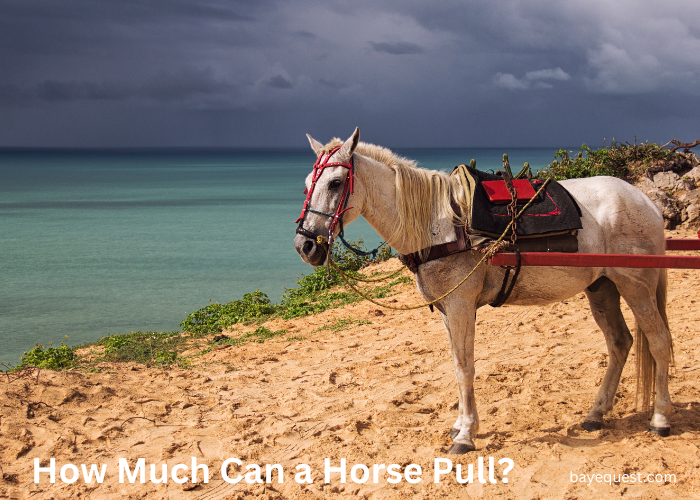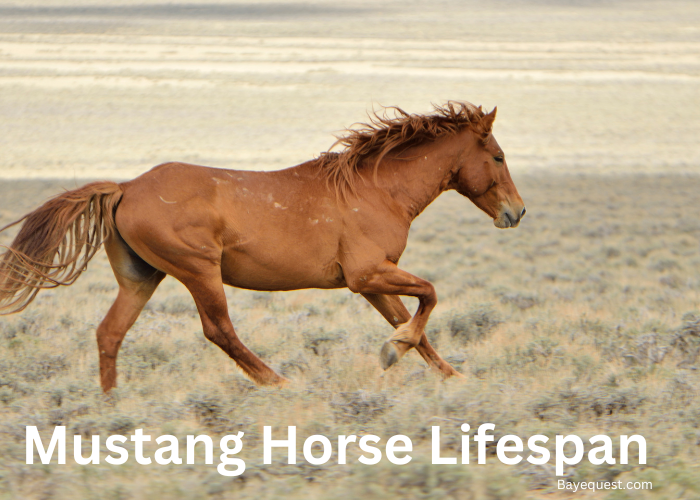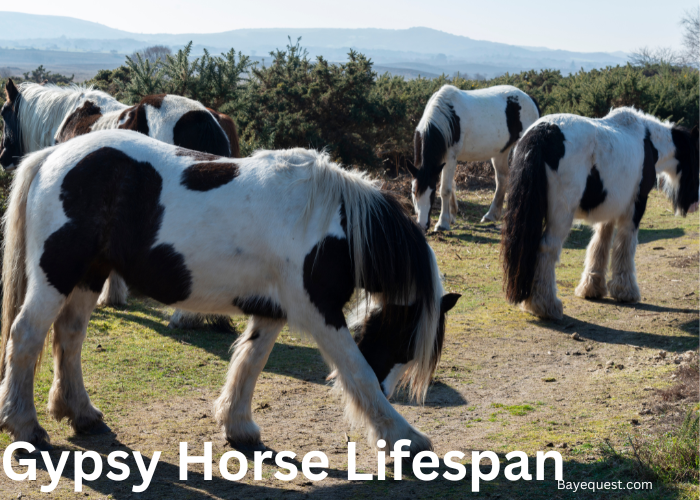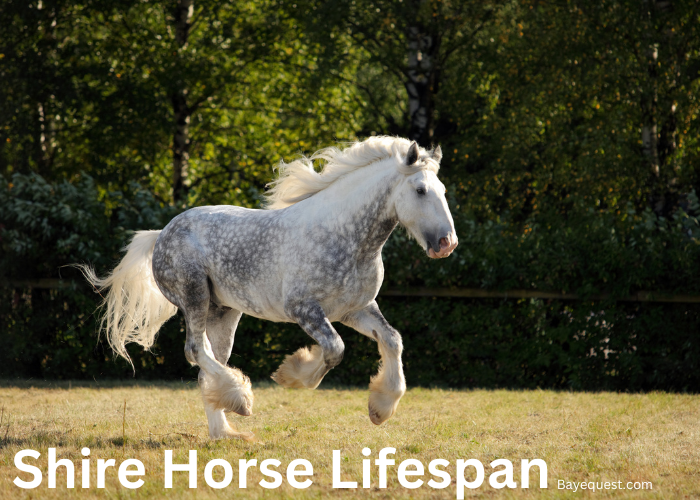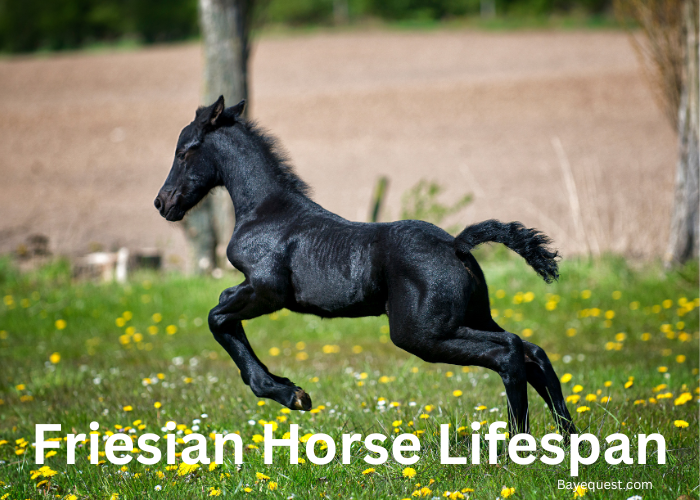When it comes to strength, horses are the heavyweights of the animal world. But just how much can a horse pull? You might be surprised.
These mighty animals have been hauling loads for centuries—from carriages to plows to logging equipment. And they do it with power and grace.
Different breeds, training, and terrain all play a role. But one thing’s for sure: a horse’s pulling power is nothing short of impressive.
Let’s break it down and see what makes these incredible creatures such reliable workhorses.
How Much Can a Horse Pull? Key Takeaway
A horse can pull up to 15% of its body weight when dragging a dead weight. When pulling a load on wheels, a horse can handle up to 1.5 times its body weight. Draft horses, bred for strength, can even pull double their weight on wheels, making them powerful workhorses for various tasks.
How Much Weight Can a Horse Pull?
When we think about the pulling power of a horse, there’s a lot to unpack beyond sheer muscle. Horses are seriously strong.
A single draft horse can easily pull thousands of pounds. In fact, under ideal conditions, some horses can pull up to twice their body weight over short distances.
But the actual amount a horse can pull isn’t determined solely by muscle power. It also hinges on the horse’s health, training, and even its equipment.
For instance, a well-fitted harness and the right cart can improve a horse’s use of strength.
The terrain plays a crucial role, too. The effort required to pull a sled over snow varies from dragging a plow through thick mud. Each scenario demands different levels of effort and skill from our four-legged friends.
Let’s look at some general figures to understand their capabilities better:
Draft horses. Known as the powerhouses of the horse world, these horses pull loads ranging from about 2,000 to 8,000 pounds. In exceptional cases, under the right conditions, they can pull up to 15,000 pounds or more.
Light horses. These horses aren’t as muscular as draft horses but can still pull significant weights, up to 1,500 pounds.
Ponies. Despite their smaller size, ponies pack a lot of power. They can often pull up to twice their body weight, meaning a 700-pound pony might manage about 1,400 pounds.
Read also: Ponies vs Mini Horses
Factors that Affect the Weight a Horse Can Pull
When it comes to figuring out how much weight a horse can pull, there’s a whole bunch of factors that come into play. It’s not just about how big or strong the horse is.
Things like age, the type of ground they’re pulling on, and even the weather can make a big difference. Let’s break down some key factors to see how they influence a horse’s pulling ability.
Age
Just like people, horses go through different life stages. Younger horses might not have the full strength or endurance of their mature counterparts. Also, older horses can start to lose some muscle mass and stamina.
So, the prime age for a horse in terms of strength tends to be from about 7 to 14 years. Before and after this range, their pulling power might not be at its peak.
Distance
How far a horse needs to pull something can really change the game. For short bursts, a horse can pull a heavier load because it doesn’t have to maintain that effort for a long time.
But the weight has to be reduced for longer distances to avoid wearing the horse out. It’s all about balancing strength with stamina.
Terrain
The type of ground a horse is pulling on matters a lot. The soft, muddy ground makes pulling much harder than a firm, flat surface.
Also, pulling uphill requires more effort and power than pulling on flat ground or downhill. Each type of terrain demands different levels of energy and strength from the horse.
Weather
Weather conditions can affect a horse’s ability to pull. Extreme heat can lead to overheating, especially under heavy loads or during prolonged exertion, making the horse tire more quickly.
Cold weather might be easier on the horse’s metabolism, but it can also make the ground harder to navigate if it’s icy or snowy.
Horse breed
Not all horses are built the same. Draft breeds like Belgians, Percherons, and Clydesdales are bred for pulling heavy loads.
They naturally have more muscle mass and a larger body size, giving them an advantage in pulling competitions or heavy work.
Interesting read: Strong horse breed in the world.
Horse’s temperament
A horse’s personality also plays a role. Some horses are more willing and able to focus on tasks, while others might get distracted or stressed easily.
A calm, cooperative horse is generally better at pulling loads because it can maintain steady effort and respond well to commands.
Deadweight vs wheels
Pulling a sled or skid (deadweight) that drags on the ground is much harder than pulling a cart or wagon with wheels. Wheels reduce friction and make the load easier to move, allowing the horse to pull heavier weights more efficiently.
Animal care and rest
How well a horse is looked after significantly affects its performance. A well-cared-for horse with plenty of rest and a nutritious diet will have better strength and endurance.
This is crucial for maintaining a horse’s ability to pull heavy loads consistently without injury or fatigue.
Horse strength
A horse’s strength is largely determined by its breed, training, and physical conditioning. Muscle composition and overall body size are critical. For instance, draft horses, bred specifically for power and heavy work, possess more muscle mass.
Regular exercise and proper muscle conditioning further enhance a horse’s strength, enabling them to handle heavier weights more effectively.
Horseshoes and traction
Horseshoes are more than just foot protection. They’re essential for providing the necessary traction when pulling loads.
The type of horseshoe and the material it’s made from can greatly affect a horse’s ability to grip the ground. Shoes with studs or special grips can be used to improve traction on slippery surfaces like ice or mud.
Vehicle
The design and weight of the vehicle being pulled can impact how much a horse can pull. Lighter vehicles with good weight distribution and efficient wheels reduce the load on the horse, making it easier to pull heavier weights.
The type of vehicle, whether a modern wheeled cart or a traditional sled, also determines the effort required from the horse.
Rider’s skills
The skill of the rider or handler can make a big difference in how a horse pulls a load. Experienced handlers know how to direct and motivate the horse, manage the pace, and adjust the load appropriately.
They can also read the horse’s behavior and physical cues to prevent overwork and ensure its strength throughout the task.
Harness and hitching
The harness system and how the horse is hitched to the load are pivotal in effective pulling. A well-fitted harness distributes the load evenly across the horse’s body.
The type of hitch used can also affect performance. For example, a “single tree” allows for smoother pulling of smaller loads, while a “double tree” setup is better for larger, heavier loads.
Best Horse Breeds For Pulling
When it comes to horses that are top-notch at pulling, certain breeds stand out for their strength and endurance. Let’s get to know some of the best.
Belgian Draught Horses. Belgians are among the most popular draft breeds, with incredible strength and a gentle temperament. They’re robust and muscular, with a body built for pulling heavy loads. Originally from Belgium, they’re often seen in pulling competitions, where they impress crowds with their power.
Shires. The Shire horse, from England, is one of the largest horse breeds in the world. They’re known for their towering size and calm nature. Historically, Shires have been used for farm work and pulling carts and carriages. Their immense strength makes them excellent for heavy pulling tasks.
Friesians. Originally from the Netherlands, Friesians are striking with their shiny black coat and flowing mane. They’re not just pretty; they’re powerful. Historically used as war horses, today they excel in dressage, pulling carriages, and more. Their agility combined with strength provides a graceful yet potent pulling capability.
Percherons. This French breed is well-regarded for its versatility and strength. Percherons are often a bit lighter than other draft breeds but don’t lack in power. They’re known for their intelligence and willingness to work, making them favorites for pulling heavy loads in forestry and farming tasks.
Clydesdales. Famous worldwide, especially thanks to their role as the Budweiser horses, Clydesdales are from Scotland. They are large, often bay in color, with distinctive white feathering over their hooves. They’re strong, capable, and friendly, making them good for pulling and a crowd favorite in parades and shows.
Heavy Horse Pull Competitions
Heavy horse pull competitions are a thrilling showcase of strength and teamwork. This is where the biggest and strongest horses are put to the test.
Here are some notable ones:
The Calgary Stampede Heavy Horse Pull. This is one of the most famous horse pulling events in the world, held annually in Calgary, Alberta, Canada. It’s divided into three classes: lightweight, middleweight, and heavyweight. The horses pull a sled loaded with weights, and the load increases with each round until only the strongest team remains.
The National Western Stock Show Horse Pull. Held in Denver, Colorado, this event attracts top competitors from across North America. It features different weight classes and tests the horses’ ability to pull a sled loaded with increasing weights over a short distance. It’s not about brute strength., timing and coordination between horses.
The Great Lakes International Draft Horse Show and Pull. This event is one of the largest and of its kind in the U.S . It includes pulling contests for Belgian and Percheron draft horses. The event draws large crowds and features horses pulling loads that can exceed several thousand pounds.
The World Championship Horse Pull. Usually held in Lincolnton, North Carolina, this competition is all about finding out which team of horses can pull the most. Teams come from all over to compete, and the weights pulled here are some of the heaviest in any competition.
Preparing Horses To Pull
Preparing horses to pull isn’t just about harnessing them up and setting off. It’s a thoughtful process that ensures the horse is ready, willing, and able to do the job without harm.
Here’s how you get a horse ready for pulling.
First up, it’s all about training and conditioning. Start slow, especially with young or inexperienced horses. They need to learn not just how to pull but how to respond to commands and work in sync with a team if they’re not pulling solo. Gradually increase the weight they pull as they build up muscle and confidence.
Next, nutrition is key. A horse set to do heavy pulling needs the right fuel. This means a diet rich in energy-providing nutrients and enough bulk to keep their digestive systems running smoothly. Regular vet check-ups are crucial too, to ensure they’re in top health.
Proper gear is another must. A well-fitted harness that distributes weight evenly across the horse’s body is crucial. It prevents injuries and helps the horse pull more efficiently.
Lastly, rest and recovery are as important as the work itself. Horses need downtime between training sessions and pulling tasks to recover and rebuild their strength. This helps prevent burnout and keeps them keen and ready for work.
By paying attention to these areas, you ensure that your horse remains healthy, happy, and capable of pulling whatever you ask of them safely and effectively.
Signs of Overloading a Horse
When it comes to working with horses, knowing the signs of overloading is crucial to ensure their health and well-being. Here’s what to keep an eye out for.
First, watch for changes in their behavior. A horse that’s usually cooperative but starts to resist or become reluctant might be telling you it’s too much. They might stop, refuse to move, or even show signs of agitation or distress when asked to pull a load.
Physical signs are also a giveaway. Heavy panting, excessive sweating, or appearing tired after a task can all indicate that the load is too heavy. Also, look out for any uneven gait or limping.
Another key sign is the condition of their skin and muscles post-work. Check for any rubbing, chafing, or soreness where the harness contacts the body. Muscle tremors or stiffness after pulling could also suggest that the horse has been pushed too hard.
Lastly, pay attention to their overall mood and condition in the days following heavy work. A horse that becomes withdrawn shows a decreased appetite or generally seems lethargic might have been overloaded.
FAQs
How much can a horse with a cart pull over a long period?
Over a long period, a horse can pull a cart with a load of about one to one and a half times its body weight. However, this can vary based on the horse’s breed, condition, and the specifics of the terrain and weather conditions.
How much weight can a horse carry?
A horse can carry up to approximately 20% of its body weight. For a horse weighing 1000 pounds, this means it can carry about 200 pounds safely.
Can a horse pull a ton?
Yes, a horse can pull a ton (2,000 pounds), particularly if it is a draft breed. These breeds can pull more than this amount, especially in short bursts during competitions.
What horse breeds make good carriage drivers?
Breeds that make good carriage drivers include the Friesian, Percheron, Shire, Clydesdale, and Belgian. These breeds are known for their strength, calm demeanor, and ability to work well under harness, making them ideal for carriage driving.
Conclusion
As we wrap up our exploration of horse pulling power, let’s marvel at these incredible creatures. Each shows unique strength, from the mighty draft horse to the nimble light breeds and sturdy ponies.
Factors like breed, training, and equipment all play a role in their impressive abilities. Next time you see a horse pulling a load, remember the amazing blend of power and care involved.
Let’s appreciate these four-legged powerhouses that have been by our side through history. Their strength is not just in pounds but in the enduring stories they help us carry.
Also, check out our post on the differences between hinnies and mules to learn even more about these fascinating hybrids.




